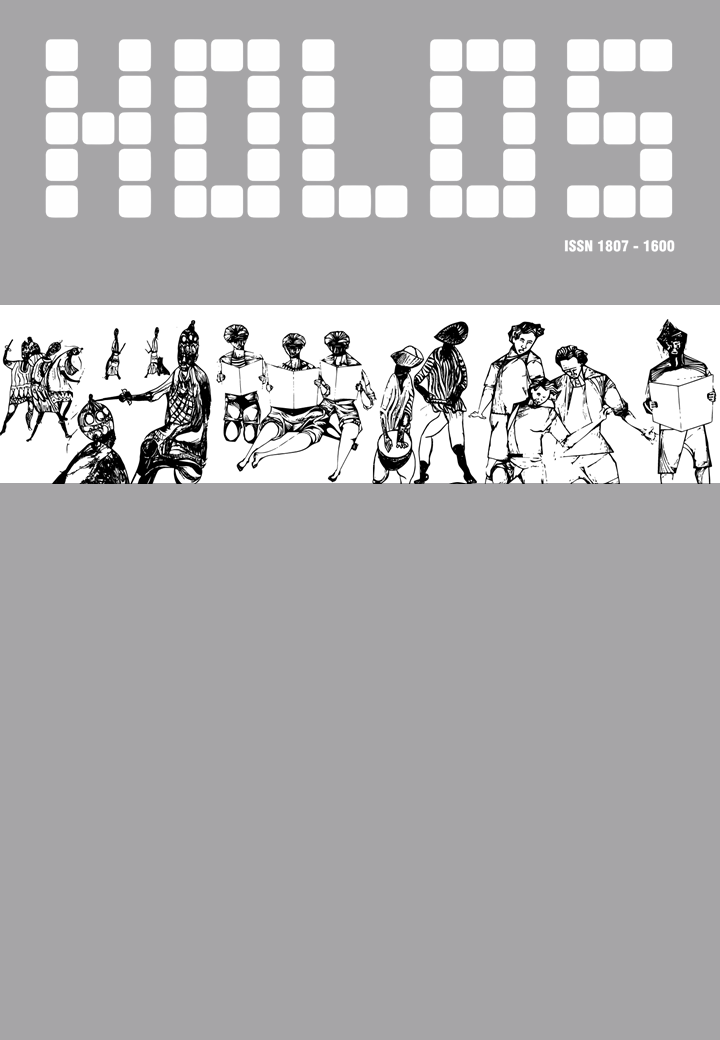INTEGRATED TRIZ WITH QFD APPLIED TO AUTOMOTIVE VALVE INDUSTRY
DOI:
https://doi.org/10.15628/holos.2018.6669Palavras-chave:
Quality Function Deployment (QFD), Theory of Inventive Problem Solving (TRIZ), InnovationResumo
Understanding and assisting the clients in a more efficient way are paramount to maintain and to improve the relationship between the company and their customers. Quality Function Deployment has been used to understand the requirements of the customers. However, some requirements face technical obstacles in relation to the service provided. Theory of Inventive Problem Solving was developed to find innovative solutions to technical problems in products and process. This report describes a method that integrates Quality Function Deployment with Theory of Inventive Problem Solving, which requires technical innovation specified from an analysis of customers´ needs. Then, the technical problems to be solved are defined by quality characteristics, and technical innovation is executed by applying Theory of Inventive Problem Solving. Results showed efficiency on identifying customer’s requirements, reoccurring problems and finding better and innovative solutions.
Downloads
Referências
Akao, Y. (2004). Quality Function Deployment: Integrating Customer Requirements into Product Design. New York, NY: Productivity Press, Inc..
Altshuller, H. (1996). And Suddenly the Inventor Appeared. Worcester, MA: Technical Innovation Center.
Caligiana, G., Liverani, A., Francia, D., Frizziero, L. & Donnici, G. (2017). Integrating QFD and TRIZ for innovative design. Journal of Advanced Mechanical Design, Systems, and Manufacturing, 11(2). https://doi.org/10.1299/jamdsm.2017jamdsm0015
Carvalho, M.A. & Black, N. (2001). Uso de conceitos fundamentais da TRIZ e do método dos princípios inventivos no desenvolvimento de produtos. 3o. Congresso Brasileiro de gestão de Desenvolvimento de Produto. Florianópolis, SC..
Domb, E. (1997). QFD and Tips/triz. Proceedings of the 3d International Symposium on QFD. Linkoping, Sweden.
Franceschini, F., Galetto, M., Maisano, D. & Mastrogiacomo, L. (2015). Prioritisation of engineering characteristics in QFD in the case of customer requirements orderings. International Journal of Production Research, 53:13,3975-3988.
Filgueira, J.M. (2005), Avaliação de satisfação de cliente: proposta de utilizaçãodo coeficiente de correlação de concordância. Holos, 21, 47-56
Ghiya, K.K., Bahill, A.T & Chapman, W.L. (1999). QFD: Validating robustness. Quality Engineering, 11(4), 593-611. http://doi.org/10.1080/08982119908919280
Jafari, M. & Zarghami, H.R. (2017). Effect of TRIZ on enhancing employees creativity and innovation. Aircraft Engineering and Aerospace Technology, 89(6), 853-861. https://doi.org/10.1108/AEAT-01-2016-0004
Mello, J., Martins, W.L.S., Vaz, C.R., Francisco, A.C. & Selig, P.M. (2013). Gestão da inovação em organizações: um estudo de caso em uma empresa de pequeno porte no segmento metalúrgico na cidade de Curitiba-PR. Holos, 29(3)
Nikulin, C. & Becker, G. (2015). Una Metodología Sistémica y Creativa para la Gestión Estratégica: Caso de Estudio Región de Atacama-Chile. Journal of Technology Management & Innovation, [S.l.], 10(2), p. 127-144. http://dx.doi.org/10.4067/S0718-27242015000200009.
Santos, L.B., Martínez, G.A.E. & Martínez, G.A.S. (2017). Modelo para Solução Criativa de Problemas. Espacios, 38(53), 6.
Savransky, S.D. (2000). Engineering of Creativity: Introduction to TRIZ Methodology of Inventive Problem Solving. CRC Press.
Shahin, A., Iraj, E.B. & Shahrestani, H.V. (2016). Developing House of Quality by integrating top roof and side roof matrices and service TRIZ with a case study in banking services. The TQM Journal, 28(4) pp.
Wang, C-H. (2016). Incorporating the concept of systematic innovation into quality function deployment for developing multi-functional smart phones. Computers & Industrial Engineering, 107, 367–375. https://doi.org/10.1016/j.cie.2016.07.005









































